
The Southbound Migration Begins
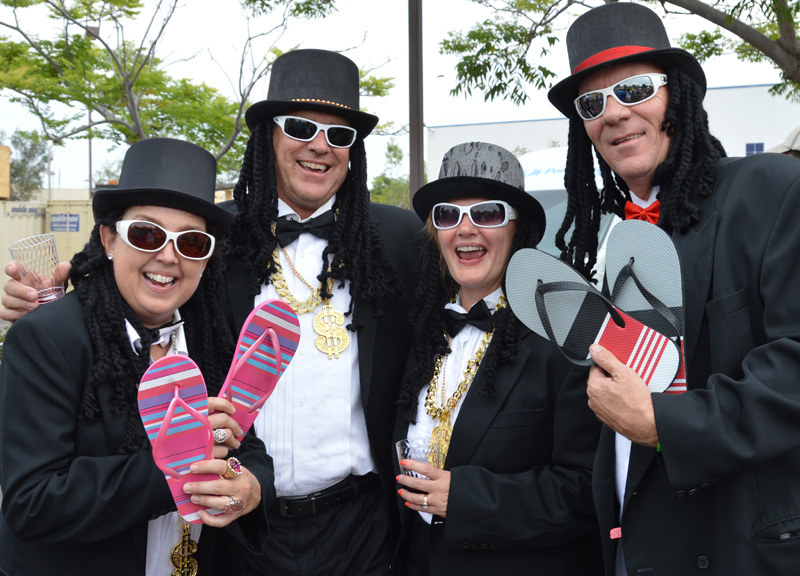
©Latitude 38 Media, LLC
Every year at this time great numbers of humpback whales and a wide variety of waterfowl migrate south for the winter along the West Coast. At the same time, hundreds of sailors load up their boats and point their bows toward the sunny latitudes of Mexico. This morning at 11 a.m., the largest single group of them set sail from San Diego with the 22nd annual Baja Ha-Ha cruisers’ rally.
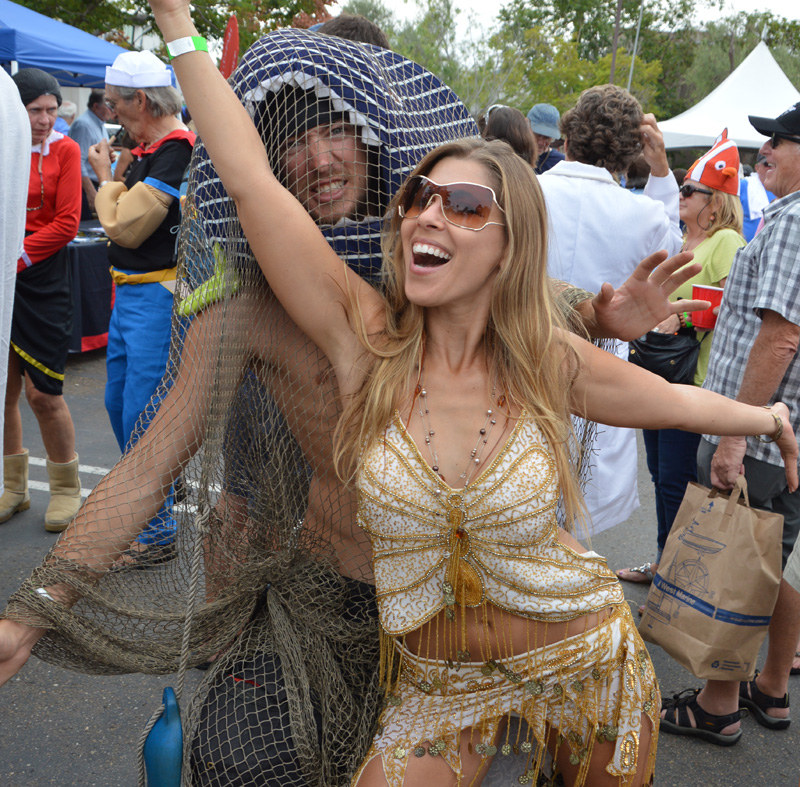
©Latitude 38 Media, LLC
Over the next days, they’ll travel 750 miles down the coast of Baja to Cabo San Lucas, with rest stops along the way at Bahia Tortugas and Bahia Santa Maria. Conditions for the first leg of the downwind sail should be ideal — especially for the many first-timers in the fleet — with light winds and mild seas predicted, and a full moon overhead for the first few nights.
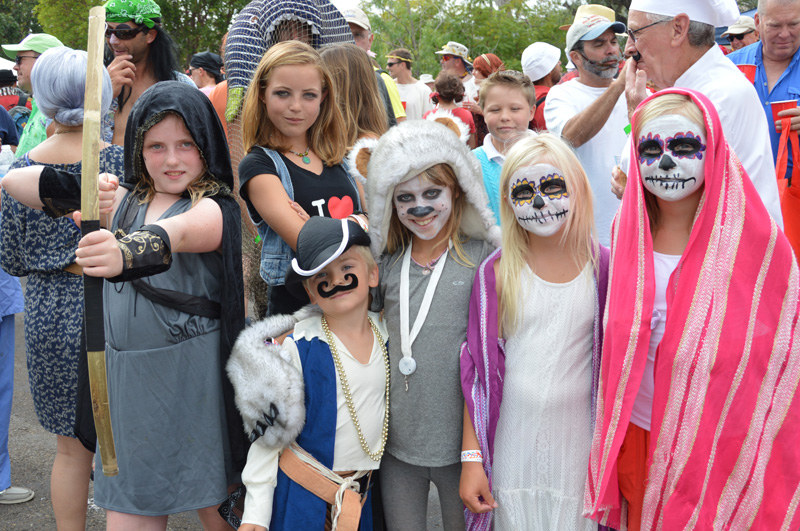
©2015Latitude 38 Media, LLC
As in years past, the fun began yesterday with a grand Pre-Halloween Costume Kickoff Party at the West Marine complex in San Diego. As is typical, there was a large number of swashbuckling pirates and saucy wenches, along with all sorts of gypsies, rappers, ghouls, princesses and more.
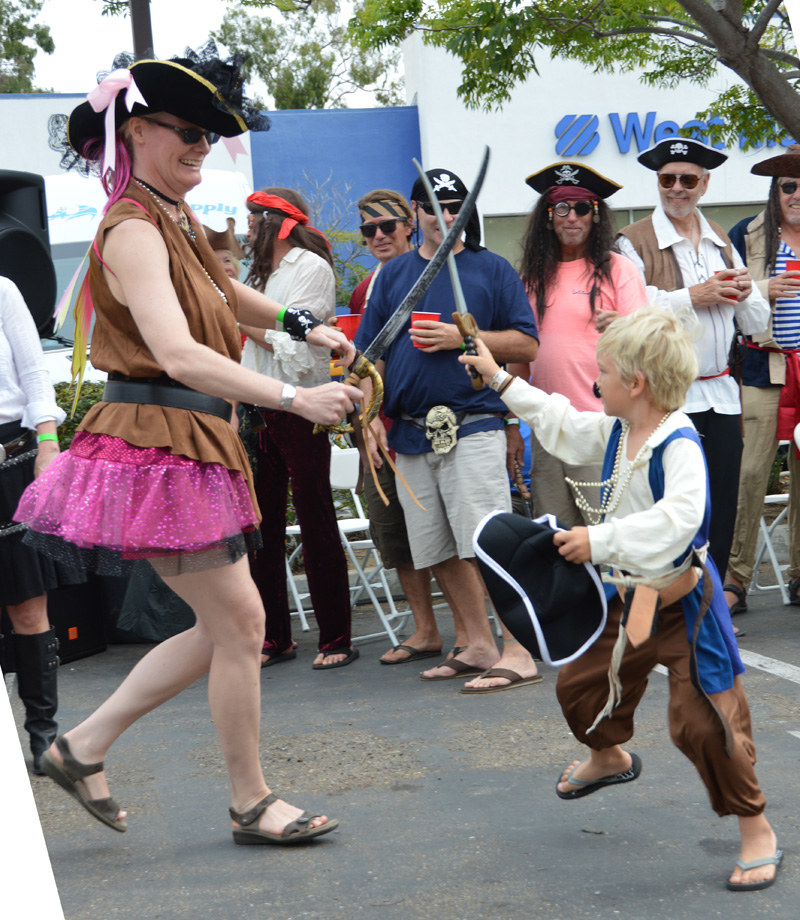
©Latitude 38 Media, LLC
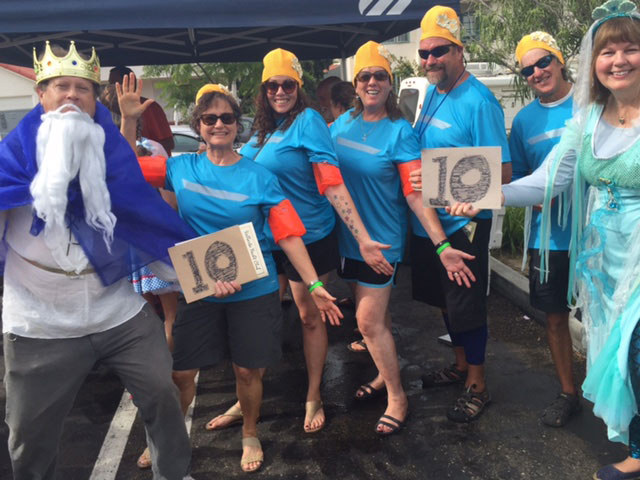
©Latitude 38 Media, LLC
At 10 a.m. today, the 110-boat fleet — with 436 sailors aboard — left San Diego Harbor in a grand procession, alongside warships of the Third Fleet. While friends and family of fleet members cheered them on from the shore, TV, radio and print journalists recorded the scene from the deck of the sportfishing boat Dolphin, alongside various dignitaries including Randa Coniglio, the president of the Port of San Diego; Dan Malcolm, chairman of the Port Commission; Sharon Cloward, head of the Port Tenants Association; Ken Franke, president of the Sportfishing Association of California; Victor Ibanez, director of Sportfishing of Baja; other government officials from Mexico; and representatives of Mexico and San Diego tourism.
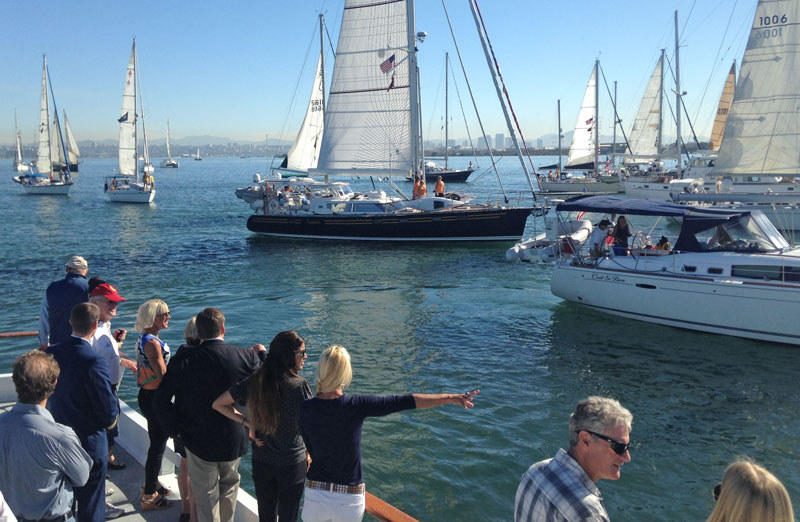
©Latitude 38 Media, LLC
Latitude staffers will check in when possible during the cruise. If not sooner, we hope to have a report from the small fishing town of Bahia Tortugas on Friday. You can see a complete list of entries on the Ha-Ha website.
Dee Smith’s Road to Rio
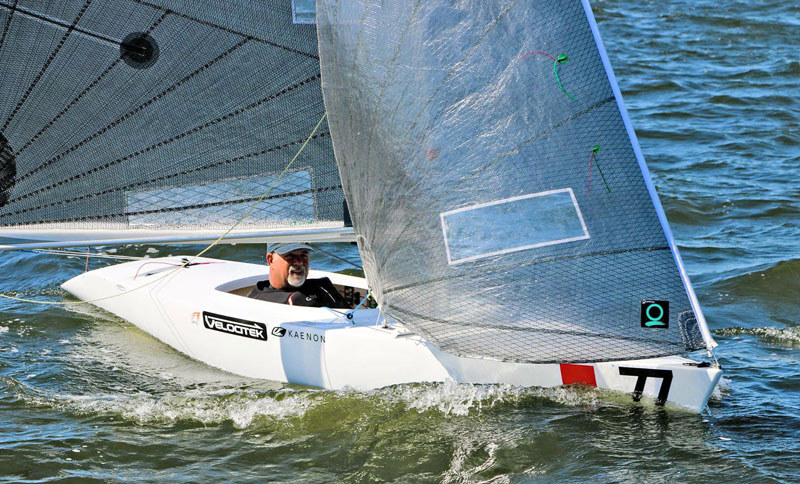
In his 63 years, pro sailor Dee Smith has amassed one of the most enviable resumés in sailing: three America’s Cups, two Volvo round-the-world races, nine Admiral’s Cups, six World Championships, six Transpacs, five Sydney Hobarts — the list goes on and on.
Then, in 2007, Dee was diagnosed with stage IV lung cancer, which, as it turns out, had progressed to his spine. Given five months to live, Dee went into the maelstrom of chemo, radiation and surgery, and somehow came out the other side "NED" (no evidence of disease) — one of only 15% who live more than five years after diagnosis.
However, combined with nerve damage in one of his legs from a bicycling accident and age, the disease took its toll. Dee knew his competitive days in big-boat racing were numbered.
But maybe not in small boats.
Fast forward to the present, which finds Dee’s head poking out of the cockpit of an International 2.4mR yacht, with his sights set on a gold medal at the 2016 Paralympic Games in Rio de Janeiro.
The 2.4mR is one of three classes of boats used in the Games, the other two being the three-person Sonar and the two-person SKUD 18. The 2.4mR is a refinement of the Mini-12, which was created in Newport, RI, in the early 1980s to look pretty much exactly like a tiny 12-Meter.
Smith’s post-cancer physical limitations allow him to qualify as a paralympian. But as he has learned so far, his 40-some years of big-boat sailing hardly make him a shoo-in for a medal.
Dee, who grew up in the Bay Area but is now based in Annapolis, began sailing in borrowed boats just last February, with mixed — but mostly encouraging — results. In March, he took four bullets in five races at the Leukemia Cup in Florida. In May, in the Netherlands, he “crash dived” the boat in short chop. (Fortunately, 2.4mRs have built-in flotation.) In July, he won 10 of 11 races at the Newport Regatta. (Also in July, he navigated the R/P 74 Wizard to a third in class in the Transpac.)
In September, he packed up his Finnish-built Kanaloa and headed for the 2.4mR World Championships in Rauma, Finland. With 102 entries — men, women, challenged and ‘normal’ — and largely light, shifty conditions, Dee ended up seventh overall, which made him happy considering the competition. The winner, for the third year in a row, was Sweden’s Stellan Berlin. In second place (and the first paralympian) was Norway’s Bjomar Erikstad, who Dee says is a phenomenal sailor despite having only hands (no arms) coming out of his shoulders and who trims with his teeth.
“I have learned enough to be competitive, but not enough to win,” Dee wrote in a debrief at deesmithyachtracing.blogspot.com, noting that the conditions in Finland should be very similar to those in Rio (except that the water in Finland is probably a lot cleaner). “Sailing with the best, and having just enough experience to be able to see the differences in speed and programs gives me something to build on. With hard work, good team management, great coaching and sufficient funding, we should be able to medal in Rio.”
Unlike many of the top paralympians whose campaigns are funded by their respective countries, Dee currently finds himself in the unenviable position of so many American hopefuls: having to raise funds for his own campaign. At this point, his support group includes the St. Francis Sailing Foundation, the Windmark Olympic Foundation, the Sailing Foundation of New York, USALCO, Quantum Sails, Gill, Velocitek, Oyster Bay Boat Shop, Hall Spars and Kaenon. That said, he’s only a quarter of the way toward the bottom line.
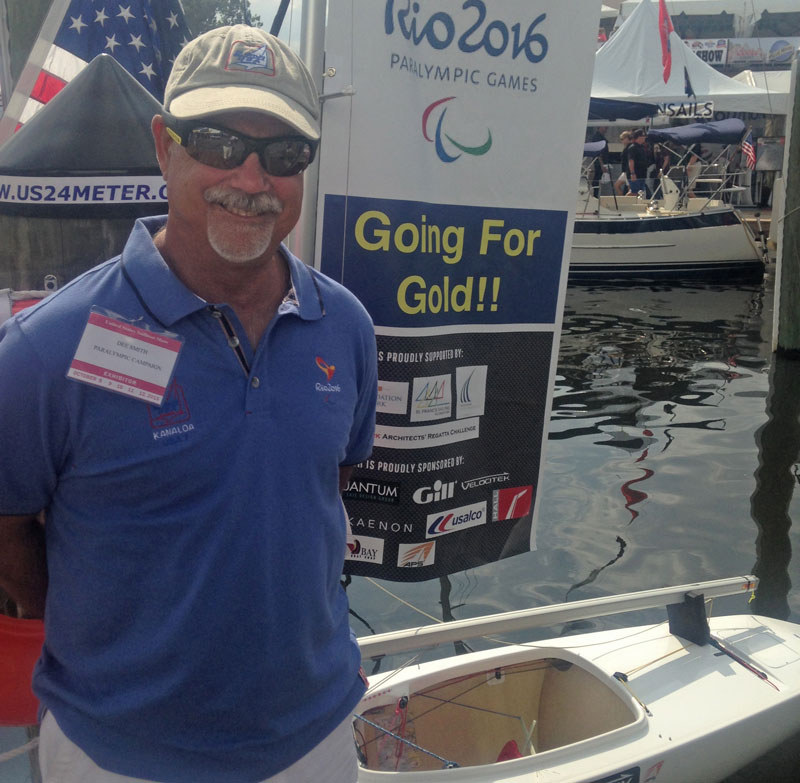
©Latitude 38 Media, LLC
For the whole story, including how to donate to Dee’s campaign, visit www.deesail.com.
We Built a Ship Premieres
The premiere of We Built a Ship (part 1 of 3) will be screened at the Lark Theater in downtown Larkspur this Wednesday evening.
The doors will open at 7:40, the film will begin at 8 p.m., and a Q&A/panel discussion with film director Stefan Sargent, project director Alan Olson, and members of the Matthew Turner building crew will follow at 9:30.
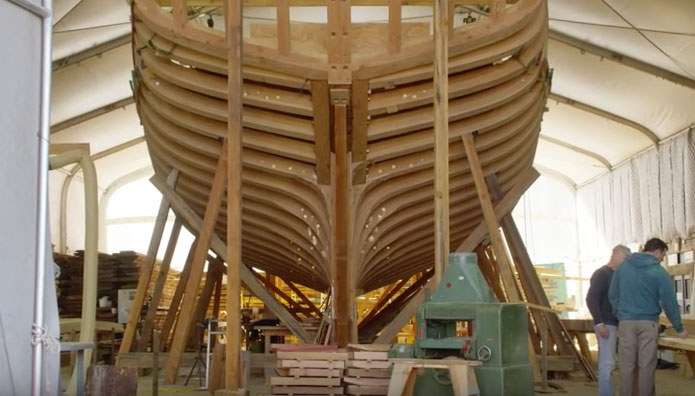
The 90-minute documentary follows local builders, sailors and volunteers over the past two years, from keel laying, to forming and setting the ribs, through today’s progress of decking and planking, and into the future programs and use of the Matthew Turner.
A $20 donation is requested. For tickets, email Meghan or call (415) 886-4973. For more information about the Matthew Turner, see www.educationaltallship.org.
